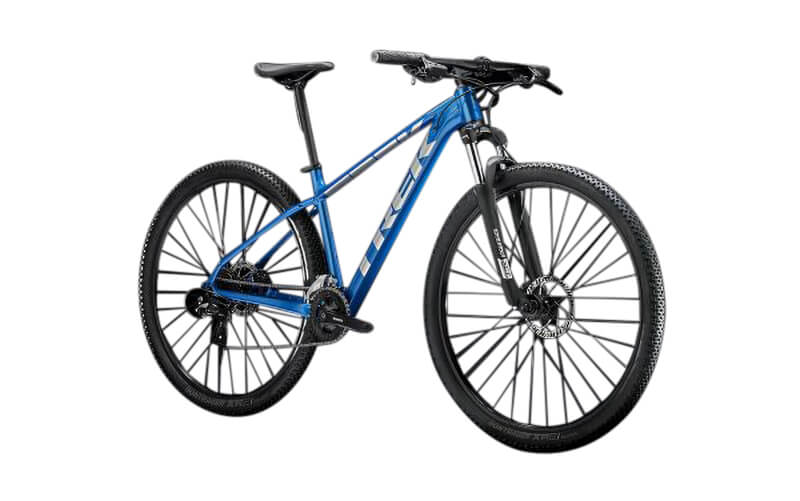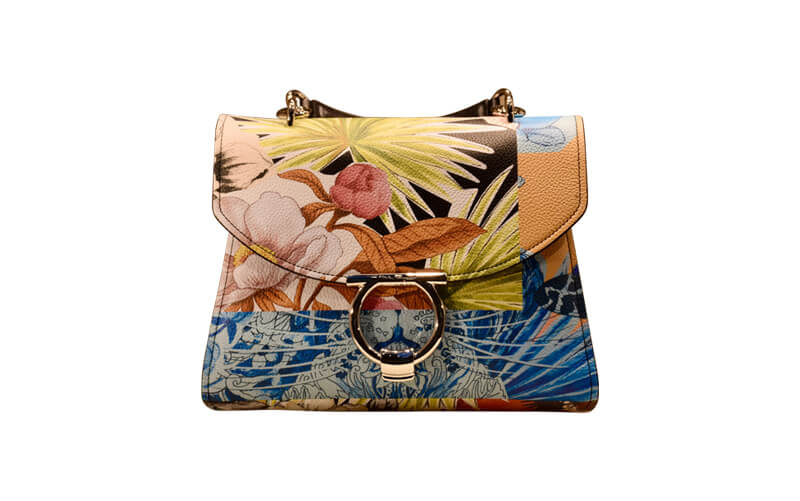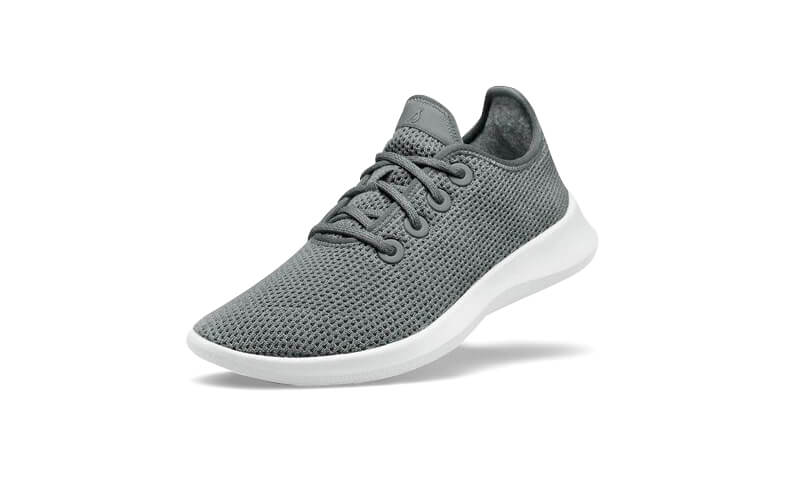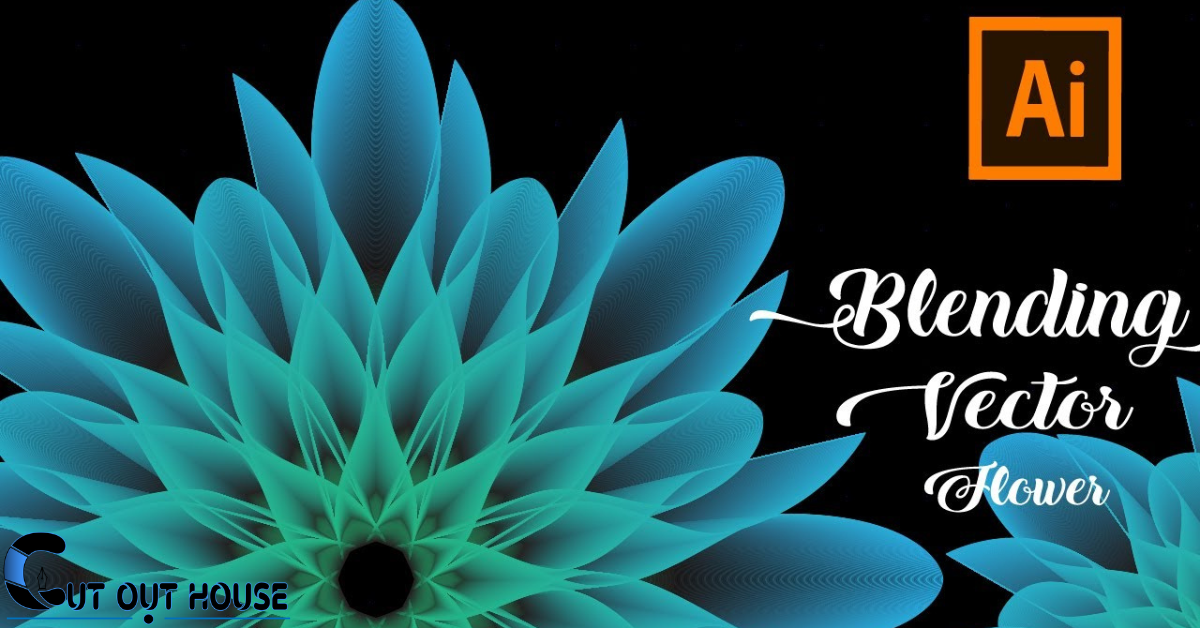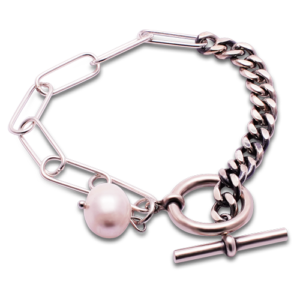Cinematic of Film Manipulation invites viewers on a captivating journey through the mesmerizing world of film manipulation. This article delves into the ingenious techniques, and editing tricks employed by filmmakers to craft visually stunning and mostly emotionally impactful movies. From the early days of cinema to modern masterpieces we explore the evolution of film manipulation. In the realm of filmmaking, the images embark on a journey beyond their initial purpose. Whether they are burned, buried, or immersed in a bath of cleaning products. These alterations take on a fascinating allure. It is truly remarkable to witness how processes that degrade the material can simultaneously shroud elements such as time, place, and memory. Showcasing how these brilliant edits have shaped the way we experience storytelling on the big screen.Illusions
Exploring the Art of Film Manipulation
In the enchanting world of filmmaking artists and storytellers employ a wide array of creative and technical techniques to enhance their narratives, captivate audiences, and evoke emotions. These film manipulation techniques are fascinating tools that allow filmmakers to transcend the boundaries of reality and take viewers on extraordinary cinematic journeys. Let’s delve into some of these captivating methods:
1. Montage Editing
Montage editing is a powerful tool used to convey emotions, ideas, and concepts through the rapid juxtaposition of images or shots. By skillfully interweaving scenes, filmmakers condense time and establish meaningful connections between moments, shaping a profound impact on the viewer’s experience.
Some useful parts for Montage editing.
- The Magic of Montage
- Building Emotional Resonance
- Sequencing for Impact
- Conveying Time and Transformation
- Symbolism and Metaphor
In the hands of a visionary filmmaker, montage editing is a transformative technique that breathes life and meaning into a film. Its ability to elicit powerful emotions, convey complex ideas, and compress time into poignant sequences makes it a cornerstone of cinematic storytelling. As audiences continue to be enthralled by the art of montage, this timeless technique will remain a key instrument for filmmakers seeking to create unforgettable and emotionally resonant cinematic experiences.
2. Continuity Editing:
A cornerstone of seamless storytelling, continuity editing ensures smooth and logical transitions between shots. The 180-degree rule maintains consistent spatial relationships between characters and their surroundings, while shot-reverse-shot keeps conversations engaging and coherent. Some useful parts for Montage editing.
- The 180-Degree Rule
- Match on Action
- Eye line match
- Cutaways and Inserts
- logical action
- Maintaining Screen Direction
This timeless technique remains a cornerstone of filmmaking, ensuring that the art of storytelling continues to thrive and enchant audiences worldwide.
3. Time Manipulation:
Filmmakers can bend time to their will through various techniques like slow motion, fast motion, freeze frames, or time-lapse. These manipulations create a captivating sense of pacing, intensify emotions, or even offer unique perspectives on the passage of time.
Time manipulation in films involves altering the perception of time through various techniques, creating unique and compelling storytelling experiences. Whether it’s slowing down the pace to savor a crucial moment or accelerating time to build suspense, the art of time manipulation enriches the cinematic canvas with depth, meaning, and emotion.
- Slow Motion
- Fast Motion
- Time Lapse
- Freeze Frame
- Warp speed editing
- Linear or non-linear Storytelling
- Flash Back or Flash Forwards
- Time as a Character
Time manipulation is a masterful and enchanting technique that unlocks the true magic of filmmaking. By playing with the flow of time, filmmakers can evoke powerful emotions, tell intricate stories, and transport audiences to worlds beyond their imagination.
4. Cross-Cutting:
Cross-cutting adds layers of suspense and excitement by interweaving multiple actions or storylines happening simultaneously. This technique masterfully builds tension, leaving audiences on the edge of their seats.
- Building Suspense and Tension
- Creating Thematic Connections
- Enhancing Emotional Impact
- Maintaining Narrative Momentum
- Contrasting and Comparing
- Building Parallelism
- Dramatic Irony
- Balancing Pacing
- Seamless Transitions
Cross-cutting is a versatile and powerful film manipulation technique that adds depth, complexity, and emotional impact to cinematic storytelling. By interweaving multiple storylines or actions, filmmakers create a captivating tapestry of emotions, connections, and revelations that leave audiences spellbound. As filmmakers continue to explore the boundaries of cross-cutting, this technique will remain a cornerstone of compelling and engaging cinematic experiences, captivating viewers and enriching the art of storytelling on the silver screen.
5. Split Screen:
Using the split-screen technique, filmmakers can display multiple scenes or viewpoints within the same frame, offering a dynamic way to tell parallel stories or showcase different aspects of a narrative simultaneously.
- The Art of Parallel Storytelling
- Expressing Connection and Contrast
- Creating Suspense and Surprise
- Visualizing Inner Worlds
- Time and Space Manipulation
- Experimentation and Creativity
- Historical and Contemporary Significance
Split screen is a captivating film manipulation technique that enables filmmakers to transcend the boundaries of traditional storytelling. By uniting parallel realities, expressing connections or contrasts, and manipulating time and space, split screen enriches the cinematic experience, captivating audiences and immersing them in a multi-faceted narrative. As filmmakers continue to explore the creative potential of split screen, this timeless technique will undoubtedly remain a powerful tool for visual storytelling, shaping the future of cinema with its innovative and artistic expression.
6. Jump Cuts:
Jump cuts provide a striking visual effect by abruptly transitioning between shots of the same subject. This technique can be used for artistic expression, to depict time lapses, or to create a sense of unease or disorientation.
- The Bold Break in Continuity
- Intensifying Emotions and Pacing
- Portraying the Mental States and Inner Turmoil
- Symbolism and Artistic Expression
- Seamless Time Lapses and Action Sequences
- Found in Experimental and Avant-Garde Films
- Influence on Contemporary Editing Styles
- Careful and Purposeful Implementation
Jump cuts are a daring and captivating film manipulation technique that defies traditional continuity and invites audiences to explore the boundaries of cinematic storytelling. Whether intensifying emotions, portraying inner turmoil, or creating artistic symbolism, jump cuts continue to leave a significant mark on the world of filmmaking. As filmmakers embrace this bold technique, they pave the way for unique and innovative cinematic experiences that challenge, engage, and inspire audiences worldwide.
7. Visual Effects (VFX):
The realm of visual effects opens up infinite possibilities for filmmakers. Whether crafting realistic action sequences or conjuring mesmerizing fantastical worlds, VFX technology pushes the boundaries of imagination and storytelling. Visual Effects encompass a wide range of techniques and tools used to manipulate or enhance live-action footage to create imagery that is not possible to achieve practically during filming. VFX can be broadly categorized into two types: practical effects and digital effects.
- Practical Effects
- Digital effect
- Creating Imaginary Worlds
- Bringing Creatures and characters to life
- Environmental Manipulation
- Time and Space Manipulation
- Realistic Action and Stunts
- Historical recreation
- Fixing Continuity and Errors
Visual Effects have forever changed the landscape of filmmaking. They have enriched storytelling, expanded the imagination, and created cinematic experiences that stick with audiences long after leaving the theater.
8. Matte Painting:
A traditional yet timeless technique, matte painting involves the skilled artistry of painting detailed backgrounds, which are later integrated into live-action footage, creating awe-inspiring and immersive settings.
The Role of Matte Painting in Filmmaking:
- Epic Environments
- Historical and Period Settings
- Seamless Extension
- Budge-friendly alternatives
- Artistic Expression
- The Legacy and Future of Matte Painting
Though the techniques of matte painting have evolved from physical glass panels to digital artistry, their significance in film remains unwavering. Matte painting artists continue to push the boundaries of what’s possible, collaborating with directors and VFX teams to achieve visually spectacular scenes.
9. Rewind/Reverse Editing:
This technique plays with time by reversing footage. Offering a unique perspective on events or creating intriguing visual effects. Rewind or reverse editing is a film manipulation technique where sequences are played backward. Creating an intriguing visual effect. This process involves reversing the chronological order of shots or scenes. Giving the illusion of time flowing backward.
When skillfully applied, it can add a surreal or magical touch to a film. Allowing for unique storytelling and visual flair. Rewind editing is often used to depict flashbacks, and dream sequences, or to create captivating visual metaphors. This simple yet effective technique remains a powerful tool in the filmmaker’s arsenal for conveying emotions, mysteries, and engaging storytelling twists.
10. Match Cut:
A match cut smoothly links two shots through visual or auditory similarities. Creating a seamless transition that elevates the overall storytelling.
Match cut editing is a film manipulation technique used to seamlessly link two different shots or scenes based on visual similarities. This creative method creates a smooth transition between shots, enhancing the flow of the narrative and engaging the audience. By aligning elements such as shapes, colors, movements, or patterns, filmmakers create a visual connection that enhances the storytelling or evokes emotions. Match cut editing is known for its ability to deliver powerful and memorable moments. Allowing directors to juxtapose unrelated scenes to convey deeper meanings or draw intriguing parallels. This technique remains a staple in the filmmaker’s toolkit for crafting impactful and cohesive storytelling.
11. Flashback/Flashforward:
By transporting viewers back or forward in time, filmmakers utilize flashback and flashforward techniques to enrich their narratives. Provide backstory, and foreshadow events.
Flashback and flashforward are film manipulation techniques that manipulate the chronological sequence of events to enhance storytelling.
- Flashback: In a flashback, the narrative shifts backward in time to show a past event or memory. This technique provides context, reveals character motivations, or unveils critical information that impacts the present storyline.
- Flashforward: Conversely a flashforward propels the story into the future. Offering glimpses of events that are yet to occur. This method builds anticipation, foreshadows future developments, or teases the audience with tantalizing possibilities.
Both flashback and flashforward techniques allow filmmakers to add depth, suspense, and emotional resonance to their narratives. Enriching the overall cinematic experience. Breaking away from traditional linear storytelling, non-linear editing rearranges scenes to create intricate, multi-layered narratives that challenge the audience’s perceptions.
Non-linear editing is a film manipulation technique that revolutionized the post-production process. Unlike traditional linear editing, where scenes are edited in sequential order, non-linear editing allows editors to work with footage flexibly and access any part of the project at any time. This digital approach enables seamless rearrangement of shots, quick revisions, and effortless integration of visual effects and audio elements. Non-linear editing systems empower filmmakers to experiment, refine storytelling, and craft dynamic narratives with ease. This versatile technique has become the industry standard, providing filmmakers with unparalleled creative control and efficiency in shaping their vision on the editing timeline.
12. Chroma Key/Green Screen:
The magical green screen technique allows filmmakers to transport characters and objects to distant lands or unimaginable worlds, adding a touch of wonder to the cinematic experience.
Chroma Key, commonly known as Green Screen, is a film manipulation technique that allows filmmakers to replace a specific color (often green or blue) in a shot with a different background or footage. During filming, actors perform in front of a green screen, and in post-production, the green color is digitally removed, leaving a transparent area. This transparency enables editors to composite the actors onto any desired background, whether it be a fantastical location, a historical setting, or a futuristic world. Chroma Key has become an essential tool in filmmaking, enabling filmmakers to create immersive environments and bring extraordinary visuals to life with ease.
13. In-camera Editing:
An artistic approach that crafts the final sequence directly while shooting, in-camera editing is often employed in experimental films, adding a unique and spontaneous quality to the storytelling.
In-camera editing is a film manipulation technique where the filmmaker creates the final sequence directly during the filming process, without relying on post-production editing. This method involves careful planning and precise execution of shots to achieve the desired narrative flow and visual storytelling. By carefully selecting the order and duration of shots while filming, the director can craft the final film in real time. In-camera editing requires a skilled and organized crew to ensure seamless transitions and precise timing. This technique has been used throughout cinematic history, adding an element of spontaneity and creativity to the filmmaking process.
14. Multiple Exposures:
By overlaying two or more shots in a single frame, filmmakers create mesmerizing visual effects that breathe life into dreamlike or ethereal sequences.
Multiple exposures in film manipulation involve exposing the same frame of film multiple times, superimposing different images onto each other. This technique creates a dreamy, ethereal effect by merging various elements within a single frame. In traditional film cameras, the film is exposed multiple times by rewinding it to the desired starting point. In modern digital filmmaking, multiple exposures are achieved through post-processing software. This artistic method allows filmmakers to blend scenes, characters, or visual elements, evoking emotions, symbolism, and surrealism. Multiple exposures continue to be a captivating tool for filmmakers seeking to experiment with imagery and convey complex narratives through mesmerizing visuals.
FAQs:
What are some common film editing techniques?
Common film editing techniques include jump cuts, cross-cutting, match cuts, montage, and continuity editing. Jump cuts involve abrupt transitions, cross-cutting switches between different scenes, match cuts create visual connections, montage compresses time through the rapid sequence, and continuity editing maintains a smooth narrative flow.
How are Visual Effects (VFX) Utilized in Film Manipulation?
Visual effects involve digitally or physically altering film footage to create impossible or unrealistic visuals. These can range from adding fantastical creatures to altering landscapes, and even simulating natural phenomena like explosions.
What role does sound manipulation play in storytelling?
Sound manipulation is a powerful storytelling tool that influences the audience’s emotions and perceptions. It can create tension, establish atmosphere, guide audience focus, and contribute to the overall immersive experience of a film.
Conclusion
Film manipulation techniques have profoundly impacted the art of filmmaking. Opening up a world of possibilities for visual storytelling. From visual effects and matte painting to non-linear editing and chroma key. These techniques have transformed how stories are brought to life on the silver screen. They have empowered filmmakers to push the boundaries of creativity, immerse audiences in extraordinary worlds, and evoke emotions through breathtaking visuals. As technology continues to advance, film manipulation will undoubtedly evolve further. Offering even more innovative and exciting ways to captivate and entertain audiences worldwide. The future of filmmaking looks promising with film manipulation at its core, creating unforgettable cinematic experiences for generations to come.

